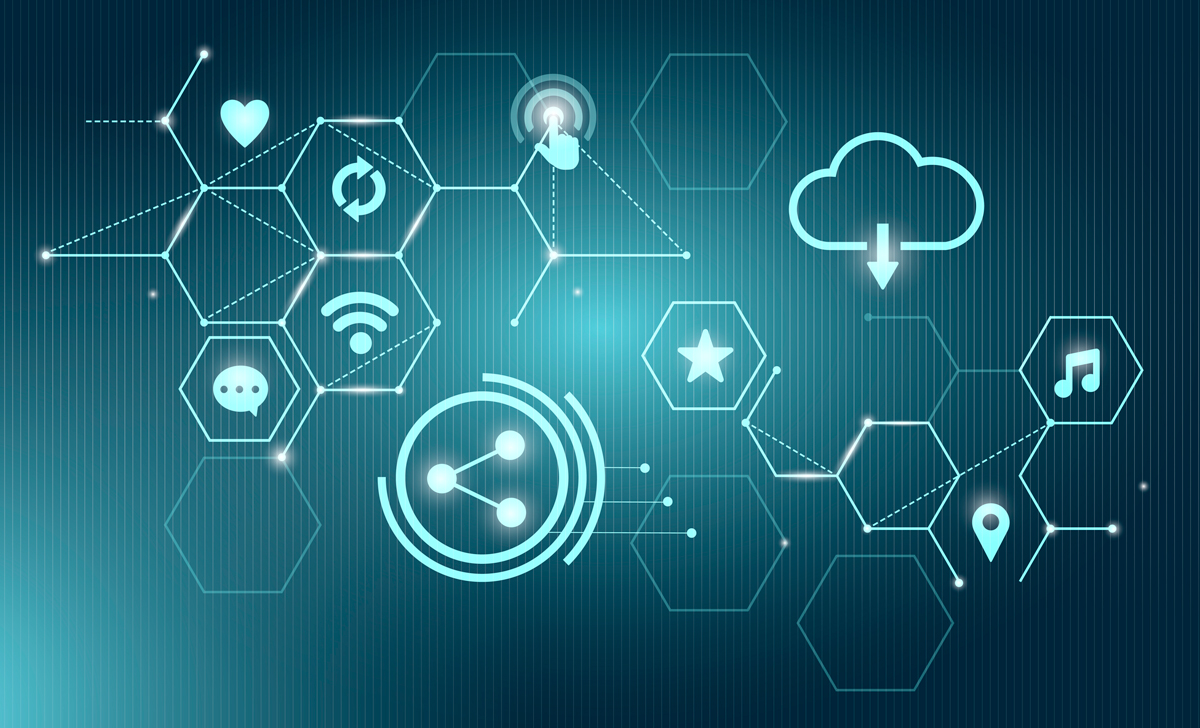One of the top technology trends this year is the shift of cloud strategies toward the edge. In fact, according to recent research: “by 2023, the cloud industry is expected to grow to $652 billion, with edge networks representing 60% of all deployed infrastructures.”
Author Radiana Pit | Copperberg

Slowly but surely, the digital edge and public and private clouds are merging together, creating breakthroughs in cloud-to-edge integration. What does this change mean for your business?
The struggle behind the shift
An old quote says that out of adversity comes opportunity — this couldn’t be more accurate for 2020 because out of all the struggles it created, an opportunity arose to unlock unprecedented innovation. Such is the case with the shift of the cloud toward the edge.
While the pandemic has forced many businesses to shut down, remodel, and reopen, it forced others to power through by accelerating digitalization, leading to a tipping point for technology adoption of historic proportions.
With more and more businesses, governments, civilians, and end-users relying heavily on digital solutions, the infrastructure of the internet has reached its capacity limit. Broadband speeds have dropped and streaming quality has decreased, creating the need for an alternative to cloud computing.
For all intents and purposes, cloud computing has helped the Internet of Things (IoT) grow by supporting and augmenting the quality of service of IoT applications. But the transmission of IoT data is affected by network issues such as high latency. And when it comes to IoT applications that require real-time responses, cloud platforms are unable to rise to the occasion.
The solution? Edge cloud computing — a paradigm that has the potential to bring cloud services closer to IoT end-users.
More opportunities to innovate
Bringing responsiveness and innovation where it is needed will enable faster digital transformation for industry sectors such as energy, agriculture, automotive, and manufacturing. The endpoint devices used within these industry sectors are capable of much more than connectivity. They can enable real-time insights and be used to optimize service operations.
But the significant increase in the data these devices produce creates the need for applications that can monitor and analyze data flows in the cloud, close to their sources, and anywhere else on the path in between. This is where AI analytics can come in to monitor the process and highlight relevant data that should be prioritized.
The future growth of AI and the shift toward the edge are directly proportional; but what other innovations will occur thanks to this shift?
1. New operating systems
The new intelligent edge enables the high-level adoption of AI and analytics. Both AI and analytics need real-time access to data and responsiveness to real-life events, thus, an operating system that is capable of processing data at the edge and providing real-time responses is mandatory for this to work.
Regardless of the applications of this paradigm, the common truth is that new architecture concepts must be conceived to support seamless and intuitive interaction with future internet resources.
2. New security layers
Every edge networking initiative should be accompanied by a solid security strategy. Making this shift will expand the attack surface, putting real-time communication sessions at risk of being compromised. Policymakers are already responding to this heightened security risk with new regulatory measures.
More often than not, the entry point of a security threat will be an end-user or compromised device such as a sensor or hardware, but data is even more at risk when it’s in a transition state. Providers plan on dealing with these risks by investing not only in software solutions to safeguard the edge but also in cybersecurity skills training.
3. New collaborative efforts
Moving cloud services toward the intelligent edge will take collaborative efforts from experts across the cloud, data centers, edge appliances, networks, and service architectures.
Connectivity providers, IT tech companies, cloud platform providers, and industry partners will have to work together to create new services and business solutions—and the infrastructure to support these innovations.
Furthermore, working closely with software developers and manufacturers of enterprise hardware and wireless access equipment will ensure the deployment of fully integrated solutions and end-to-end control over execution and service quality.
4. New service distribution systems
Not all service components are created equal — some of them perform better when running on the cloud or local data center while others do better operating closer to the edge.
Using a containerization system to distribute services based on various requirements, such as bandwidth, security, or residency, can help redesign service architectures and extend the digital enterprise to its endpoints.
This requires additional support to detect and isolate faulty endpoints and maintain data consistency and accuracy.
Conclusion
Although the cloud is powerful, it cannot solve all data problems on its own. The data deluge created by billions of connected devices and systems, and the need to reduce latency, pushes the cloud toward the edge, enabling a hybrid approach to deal with latency-sensitive applications.
This new paradigm combines the computing speed of the edge and analytics and reporting capabilities of the cloud and AI, creating a solution for companies that want to reduce storage volumes, achieve data privacy compliance, and speed up their data analysis process.
As the number of smart and service devices will continue to grow, the hybrid approach will become increasingly important in ensuring business continuity.
Businesses will need the edge for most workloads, especially as 5G networks will expand and endpoints will continue generating copious amounts of data. But the cloud will continue to play a significant role in resource-intensive deep learning and AI processing.
Combining the edge and the cloud will unlock a new computing continuum in which the low-latency and speed of the edge and the high-capacity bandwidth and processing power of the cloud will accelerate responsiveness. All you need is the right connected infrastructure to leverage the new continuum.






























